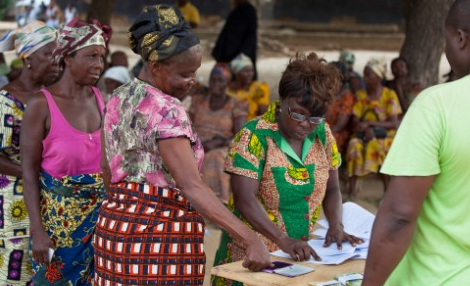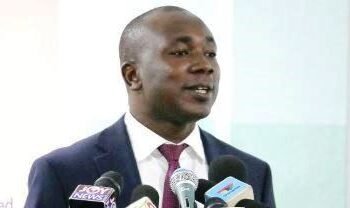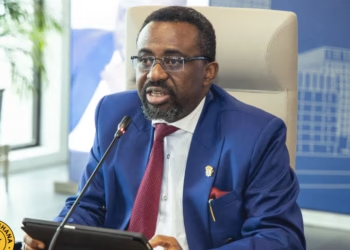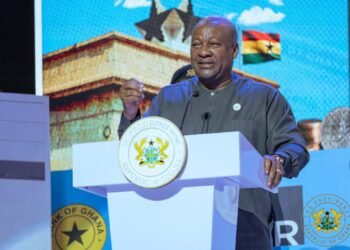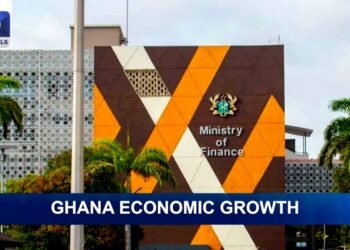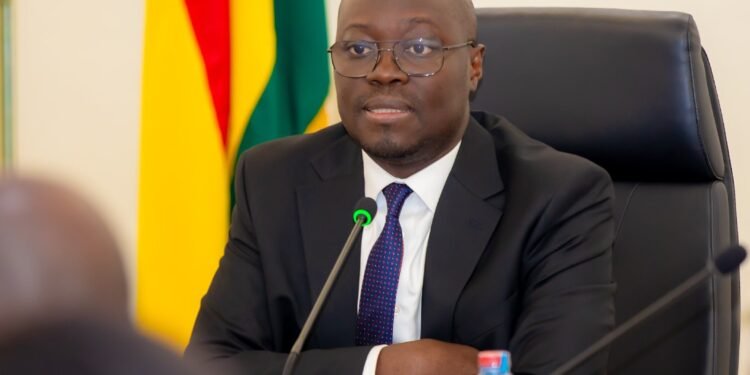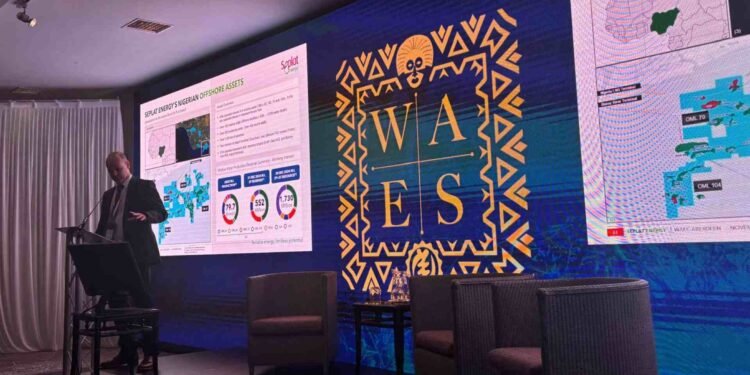The Livelihood Empowerment Against Poverty program (LEAP) has been cushioned with US$25 million under the Ghana Productive Safety Net Project 2 (GPSNP 2). About 400,000 households are set to benefit from the program.
This forms part of the World Bank’s approved $100 million GPSNP 2 in March 2021. The project will help the Government of Ghana to expand and strengthen its social safety net program. It will directly benefit over 1.6 million people in the country. The project will help to improve the incomes and productivity of the poor and vulnerable.
The approval is a major relief to the country as it will help continue to strengthen vulnerable households whose plights have deteriorated due to COVID-19.
Mr. Pierre Laporte, World Bank Country Director for Ghana stated that the project will ensure that more poor and vulnerable people have access to basic services. He indicated that it can also boost the productivity of these households.
Government’s COVID-19 Recovery Plan
According to Mr. Laporte, the project is aligned with the Government’s COVID-19 relief and recovery plan. This plan seeks to protect and restore the economic wellbeing of affected households, workers, and enterprises.
Similarly, Ms. Iffath Sharif noted that the project will build on efforts of existing social protection projects. According to her, it will help to expand coverage of social protection programs to strengthen performance and impact. She added that the pandemic has thought humanity a lot of lessons.
These lessons will aid planning and proper implementation of programs to make them successful. Also, she noted that the pandemic shows the need to provide more comprehensive support for the urban poor.

Meanwhile, the COVID-19 is a major setback to Ghana’s prospects for further reductions in poverty. Already, Ghana is experiencing a slower pace of poverty reduction. This has weakened the association between economic growth and poverty reduction.
GPSNP 2 will extend coverage into urban communities to help tackle the high poverty and vulnerability that exist in these communities. It will also scale up the provision of information, communication, and engagement services to safety net program beneficiaries. The program will cover areas such as education, health, financial well-being, gender, and social inclusion.
Furthermore, the GPSNP 2 supports three main intervention programs. These comprise the Productive Inclusion program (PI), Labor-Intensive Public Works program (LIPW), and the LEAP. Moreover, the World Bank document covering details of the project earmarked US$15 million and US$25 million for the PI and the LIPW respectively.
Components of the GPSNP 2
The GPSNP 2 however comprises six main components. The other components include Social Protection System Strengthening (SPSS), Project Management, Coordination, and Capacity Building (PMCCB), and the Contingency Emergency Response (CER). The World Bank earmarked US$28 million and US$7 million for the SPSS and the PMCCB respectively.
The CER offers built-in flexibility to the project. This means that it will help to rapidly reallocate financing to support needed relief and recovery initiatives for the poor and vulnerable in the event of a future disaster.
Over the project implementation period, GPSNP 2 will support the Government to reach about 490,000 beneficiaries. The project will benefit 45,000 households under PI and 45,000 households under LIPW. Whilst about 400,000 households will also benefit under the LEAP. GPSNP 2 will also support the extension of NHIS coverage and facilitation services to access and use health services to PI, LIPW, and LEAP beneficiary populations.
Meanwhile, the government indicated that it has made payments to 335,013 households under the LEAP in 2020. According to the government, a total of 1,451,747 individuals benefited nationwide in 2020. Moreover, the government has pledged to validate data to scale up the beneficiary households from 335,013 to 350,000.
READ ALSO: EPA to release findings on fish washed ashore by end of the week

